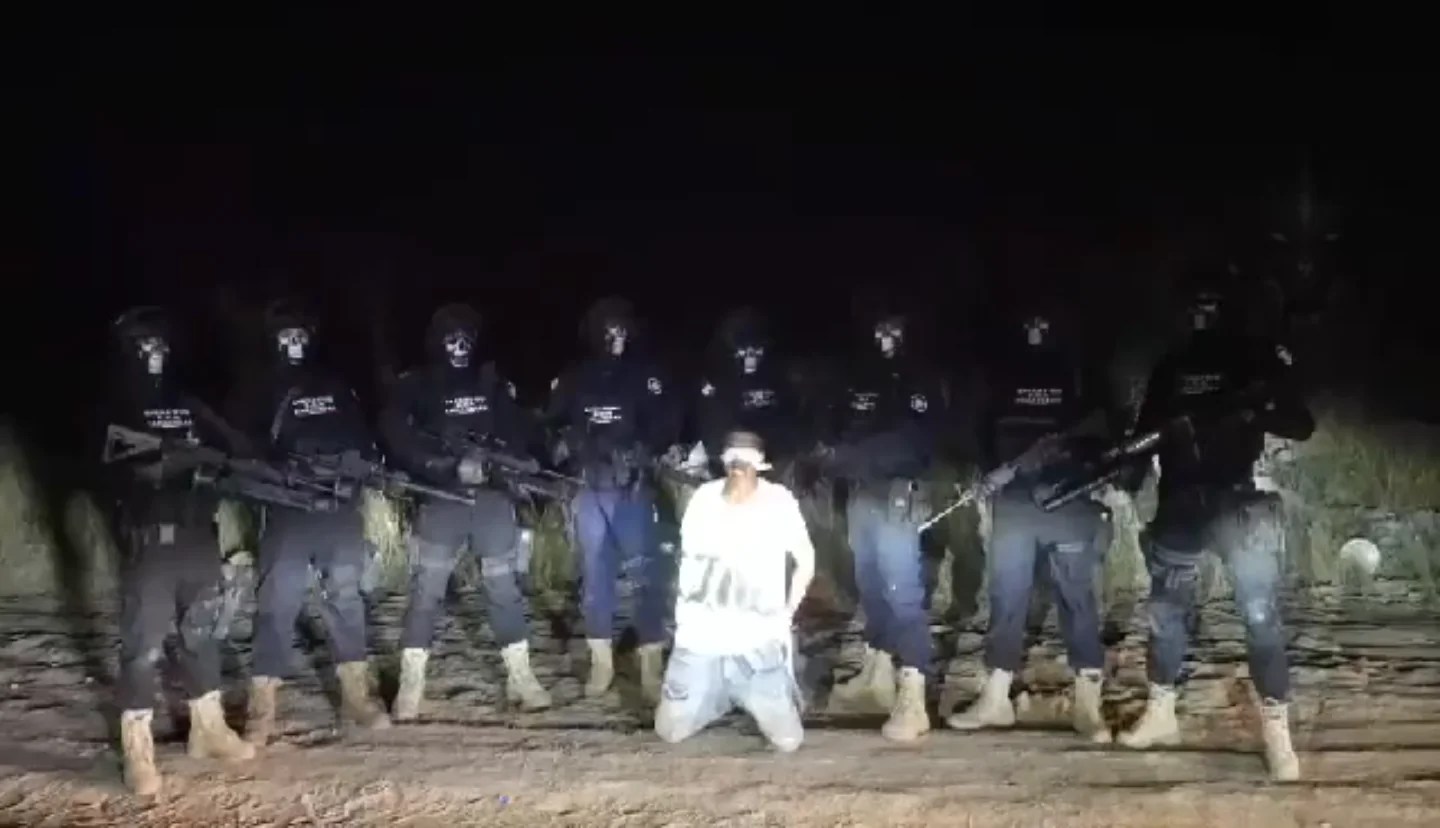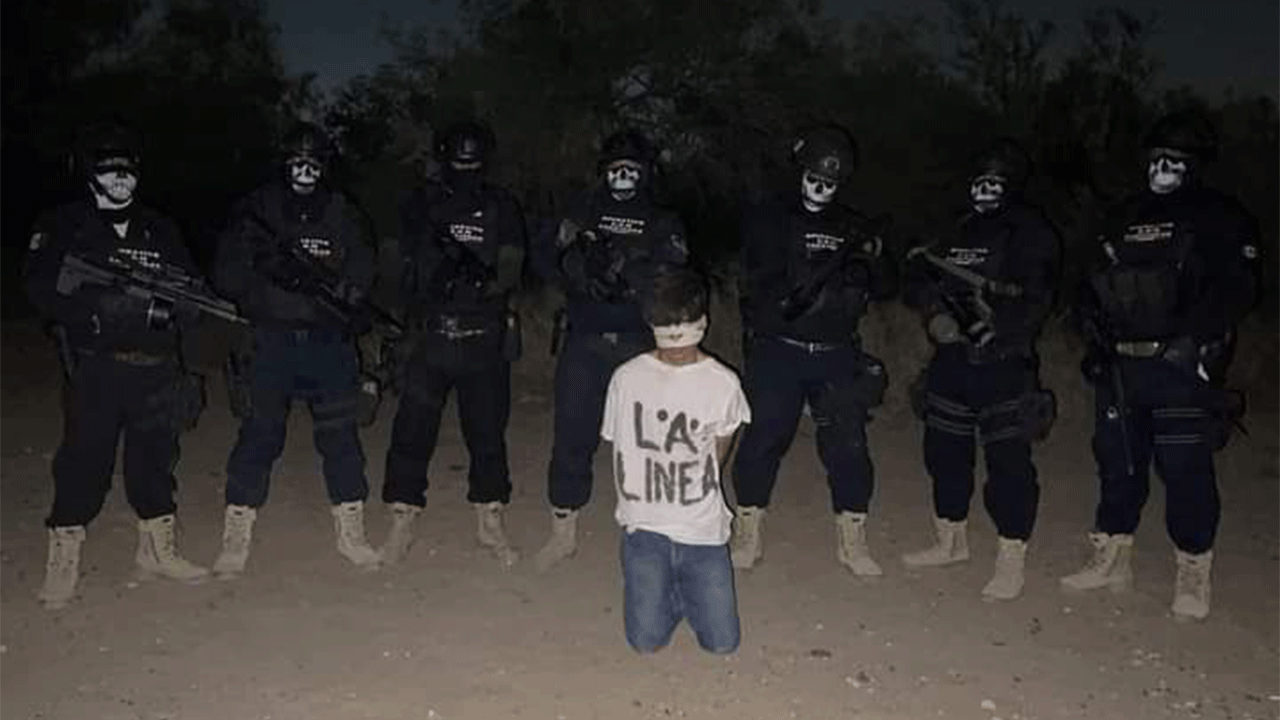Zacatecas Flaying: A Cultural And Historical Exploration
Zacatecas, a city rich in history and culture, has its dark tales that echo through the ages, one of which is the infamous practice of flaying. This gruesome method, primarily associated with punishment and ritualistic practices, has left an indelible mark on the cultural tapestry of Zacatecas. Understanding the historical context of Zacatecas flaying provides insight into the social dynamics, religious beliefs, and the sheer brutality that shaped its narrative.
The practice of flaying, though horrifying, is rooted in a complex interplay of cultural beliefs and societal norms that were prevalent in the region. In Zacatecas, flaying was not merely a punishment but also served as a form of ritualistic cleansing or sacrifice. The significance of such acts can often be traced back to ancient customs that highlight the reverence for life, death, and the afterlife. By delving into the historical and cultural implications of this practice, we can gain a deeper appreciation for how it reflects the beliefs and values of the people during that era.
As we embark on this exploration of Zacatecas flaying, we will encounter various facets of its history, from the individuals who were subjected to this gruesome fate to the broader societal implications it carried. Each layer of this narrative helps us to unravel the complexities of human behavior and the lengths to which societies have gone in the name of justice, tradition, or spirituality. Let us delve into the chilling yet fascinating world of Zacatecas flaying.
What is the History of Flaying in Zacatecas?
The history of flaying in Zacatecas can be traced back to the colonial period when it was often used as a form of punishment for severe crimes. The Spanish colonizers employed such brutal methods to instill fear among the indigenous populations and maintain control over the region. This practice became a symbol of power and retribution, showcasing the lengths to which authorities would go to enforce their rule.
Who Were the Victims of Flaying?
Throughout history, various individuals fell victim to the horrors of flaying. Primarily, those who resisted colonial authority or were deemed criminals faced this gruesome punishment. The victims often included:
- Indigenous leaders who opposed colonial rule
- Criminals accused of heinous acts
- Individuals accused of witchcraft or sorcery
What Rituals Were Associated with Flaying?
Flaying was not just a punishment; it was often intertwined with ritualistic practices that had deep cultural significance. Various rituals that accompanied flaying included:
- Offerings to deities for protection and favor
- Public displays meant to deter crime and rebellion
- Ceremonies to honor the spirits of the victims
How Did Flaying Affect Society in Zacatecas?
The impact of flaying on Zacatecas society was profound. It instilled a sense of fear among the populace and reinforced the power dynamics between the colonizers and the indigenous people. The constant threat of such brutal punishment influenced social behavior, leading to compliance and submission among the local population.
What Can We Learn from the Practice of Flaying?
Studying the practice of flaying offers valuable lessons about the darker aspects of human nature and societal norms. It serves as a reminder of the potential for cruelty that exists within societies, particularly when power is concentrated in the hands of a few. By examining such practices, we can better understand the historical context of violence and its ramifications on culture and identity.
Are There Modern Analogues to Flaying in Zacatecas?
While the literal practice of flaying may not exist in modern society, the metaphorical implications of punishment and control can still be seen in various forms. Instances of public shaming, excessive penal systems, and even political persecution can be viewed as modern day analogues to the brutal practices of the past.
What is the Current Perception of Zacatecas Flaying?
Today, the historical practice of flaying in Zacatecas is often viewed through a critical lens. Scholars and historians analyze its implications to understand the socio-political climate of the time. Museums and cultural institutions also strive to educate the public about this dark chapter in history, ensuring that the lessons learned are not forgotten.
How Can We Preserve the Memory of Flaying in Zacatecas?
Preserving the memory of such historical practices is crucial for cultural heritage. Efforts can include:
- Incorporating stories of victims and their legacies into educational curricula
- Creating art and literature that reflects on the themes of flaying and its impact
- Establishing memorials or exhibitions to honor the lives lost
Conclusion: Understanding the Legacy of Zacatecas Flaying
In conclusion, Zacatecas flaying represents a haunting aspect of the region's history that deserves recognition and reflection. By exploring the origins, implications, and lessons learned from this practice, we can gain a more nuanced understanding of the cultural landscape of Zacatecas. It serves as a reminder of the complexities of human behavior and the importance of learning from the past to foster a more compassionate future.
Unveiling The Life And Journey Of Tinglan Hong
Unveiling The Multifaceted Life Of Naomi Elkins
Is SZA Pregnant? Unveiling The Truth Behind The Rumors


